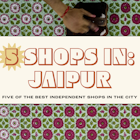India is heaven for budget travelers. Few places on earth offer quite so many rewarding travel experiences for such a pocket friendly price, particularly if you travel in cheaper classes on buses and trains and stay in budget hotels or hostels.
When planning a budget trip to India, remember that cost and comfort are closely linked. Traveling in unreserved train carriages can be extremely cheap, but seats are hard benches, there’s no air-conditioning and carriages can be overcrowded. It’s better to think of things in terms of value – paying more to travel in an air-con or sleeper-class train carriage will bring much more comfort, at a price that is probably still less than you’d pay for a similar service elsewhere.
One of the best things about travel in India is how much control you have over your budget. If funds are tight, you can save on accommodation by skipping air-conditioning, an en-suite bathroom or a view. If cities are burning through your budget, just head to the countryside for more manageable prices. Plenty of travelers scrimp and save on some stages of their trip to allow for splurges such as lavish banquet meals and stays in the former palaces of maharajas.
However you like to travel, here are our top tips for getting the best out of India on a budget.
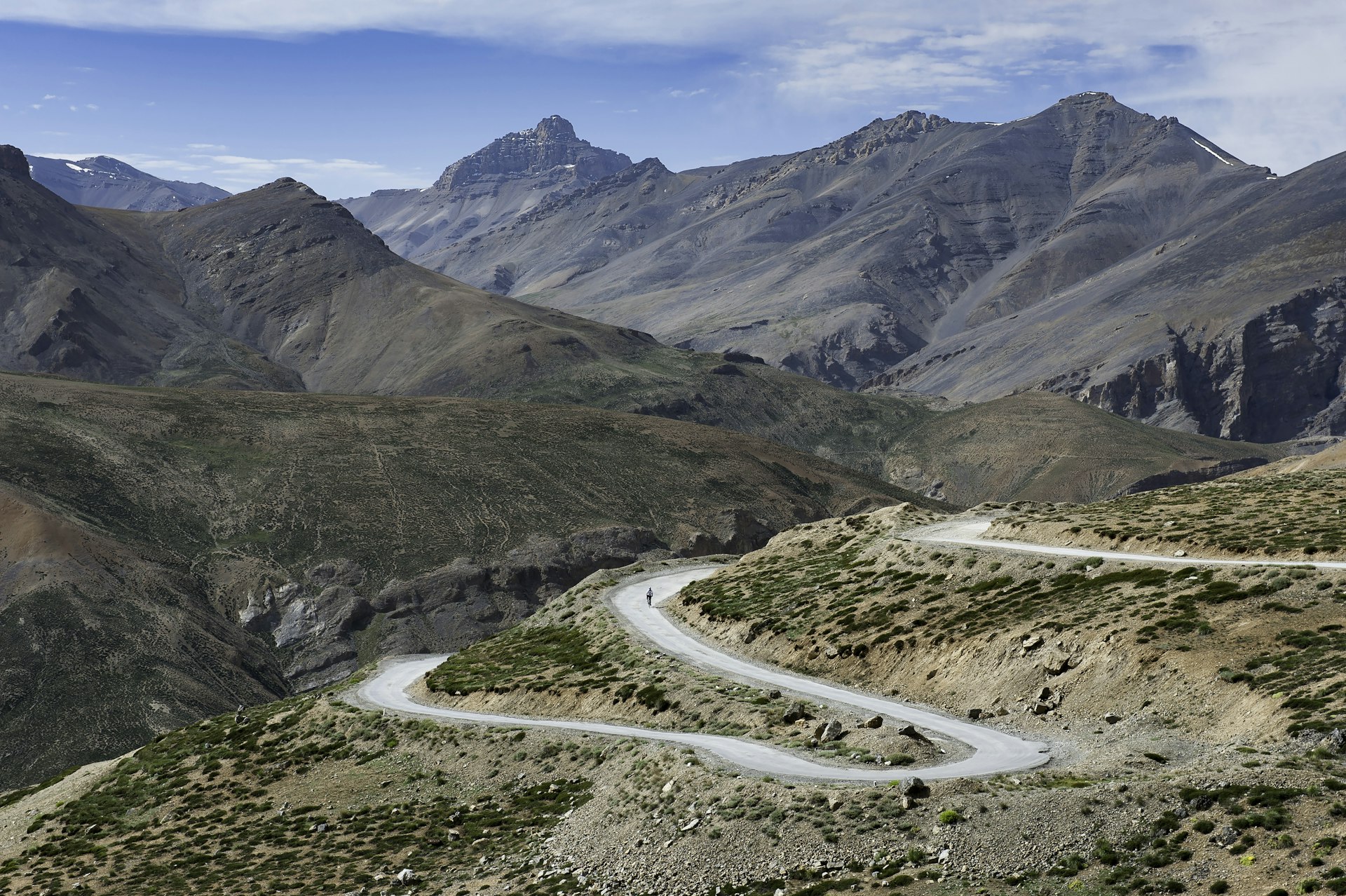
Travel at the cheapest time of year
When planning a trip to India, always consider the places you want to visit and what the weather will be like when you get here. The cooler, dry winter from November to March is the most expensive and popular time to visit, coinciding with the best weather for sightseeing. The rainy monsoon season from June to September sees smaller crowds and lower prices through most of the country, except in places like Ladakh, where the peak season coincides with the months when snow recedes from the mountain passes.
April is often the cheapest time to find flights, but the temperature can soar above 32°C (90°F) in popular destinations such as Rajasthan, Tamil Nadu, Kerala and Goa, making travel uncomfortable. Note that many beach resorts close during the rainy season, while some mountain areas are impassable in winter, as snow blocks roads through the mountains.
Plan around festivals
Always keep an eye on the festival calendar. Major festivals – like Durga Puja in Bengal – can see vast movements of people, sending prices for accommodation and transport rocketing skywards. The Indian government has a calendar of the year's gazetted government holidays, but local religious festivals can also draw huge crowds. If you are specifically traveling to see a festival, book well ahead to secure transport and accommodation for a reasonable price.
Travel overnight to save on accommodation
One of the smartest ways to save money is to travel by overnight sleeper train, saving the cost of a hotel without eating into your precious sightseeing time. First class is comfortable but expensive, and you’ll be cocooned away from other travelers; traveling in air-con two-tier or three-tier carriages, or fan-cooled sleeper carriages is much cheaper.
On premium trains such as the Duronto, Shatabdi and Rajdhani services, the cost of dinner and breakfast is included in the price of a ticket. On other services, you can buy inexpensive packed meals and snacks from vendors on board or on station platforms.
Traveling by night bus will also save you the cost of a hotel room, but many services have loud music or DVD movie screenings, and some drivers take advantage of the quieter roads to drive dangerously fast.
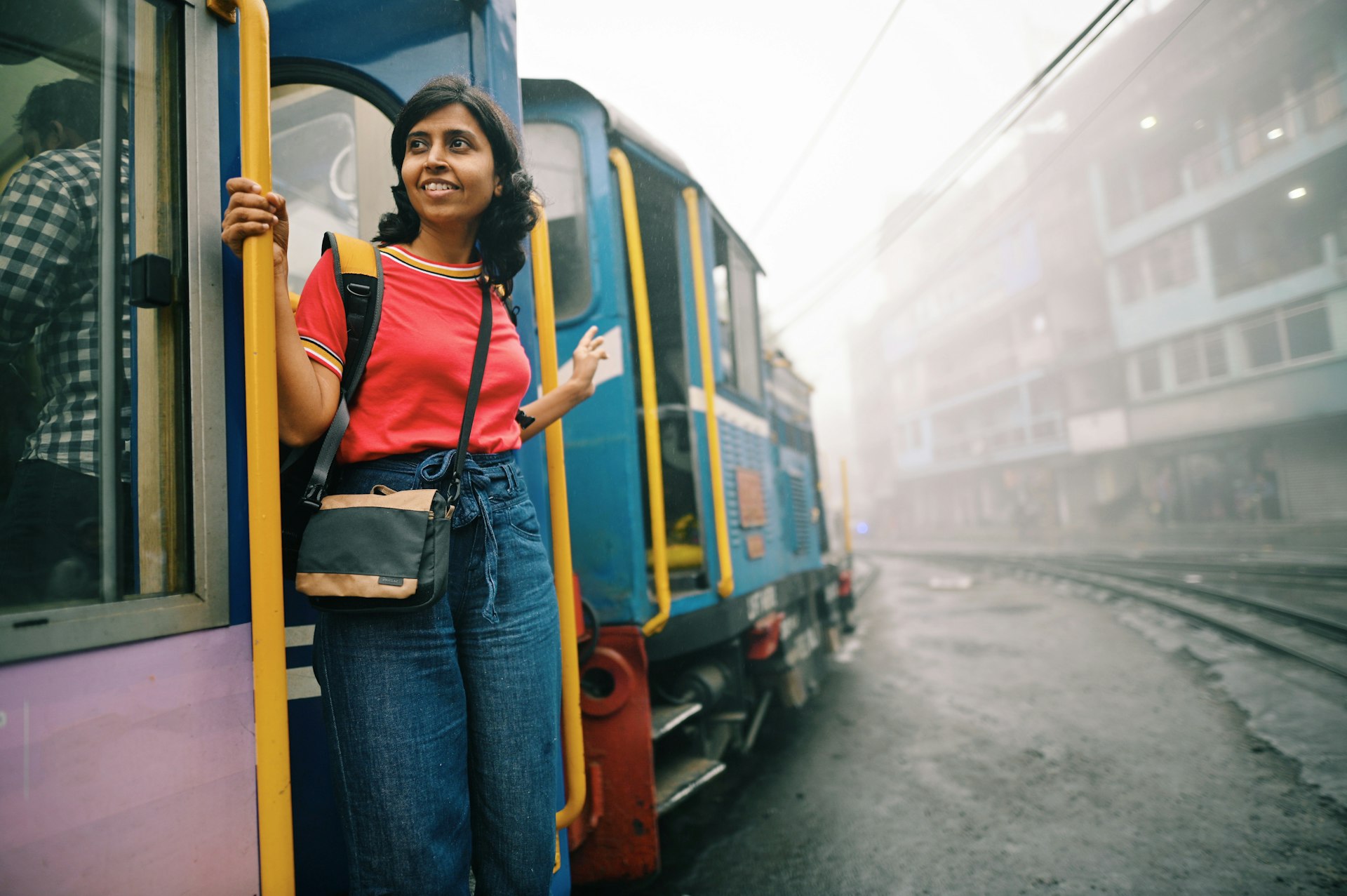
Book ahead for trains at busy times
It might sound obvious, but the further in advance you make reservations the less you’ll pay for your train ticket. Reservations for Indian Railways open 120 days before departure, and seats in desirable classes can fill up fast, pushing late-bookers into more expensive (or unreserved and less comfortable) seats. The easiest way to reserve seats is via online booking sites such as 12GoAsia; if you’re already in India, book in person at the station.
Consider the type of train you travel on too. Seats on newer Duronto and Vande Bharat trains cost more than the equivalent seat on other trains as these services are faster and stop at fewer stations. Express and Mail trains are slower and stop frequently, with fewer on-board services, but much lower fares. For a full guide to India’s train classes and types, check in with the Man in Seat 61.
Go off the beaten track
If you travel to any of India’s megacities – particularly Mumbai – you’ll pay premium prices for rooms, food and drinks. It’s worth considering alternative, less-visited hubs, where similar travel experiences can be had for lower prices. Hyderabad, for example, is home to some of the country’s best biryani restaurants, bazaars, museums and Islamic architecture, but the cost of living is significantly lower than in Mumbai or Delhi (unless you stay in the city’s lavish Falaknuma Palace hotel).
Instead of visiting the crowded temples at Ellora and Ajanta in Maharashtra, consider exploring the monuments at Hampi, Badami and Aihole in Karnataka, which see fewer tourists on package tours and offer cheaper accommodation nearby. Instead of battling for a quiet spot on Goa’s packed beaches, think about visiting Tamil Nadu’s Puducherry with its promenades, surfing and beach yoga.
Check into one of India’s appealing hostels
Budget accommodations are easy to find in India. Plenty of budget hotels and guesthouses can be booked via websites such as MakeMyTrip and Agoda, but big cities can still be pricey and staying in the cheapest hotels can sometimes mean compromising on comfort, hygiene and, on some occasions, security. For a happy balance between low prices and comfortable facilities, seek out India’s new wave of hostels, where bargain beds come with bonus opportunities to plug into the traveler grapevine.
Offering comfy mixed dorms, female-only dorms and private rooms, the Zostel hostel group has opened properties across the country, from Jaipur and Delhi to Aurangabad and Alleppey, with a bed costing from as little as Rs 600 a night with a shared bathroom, free wi-fi and breakfast included. The Hosteller is another expanding chain, with hostels from Agra to Udaipur.
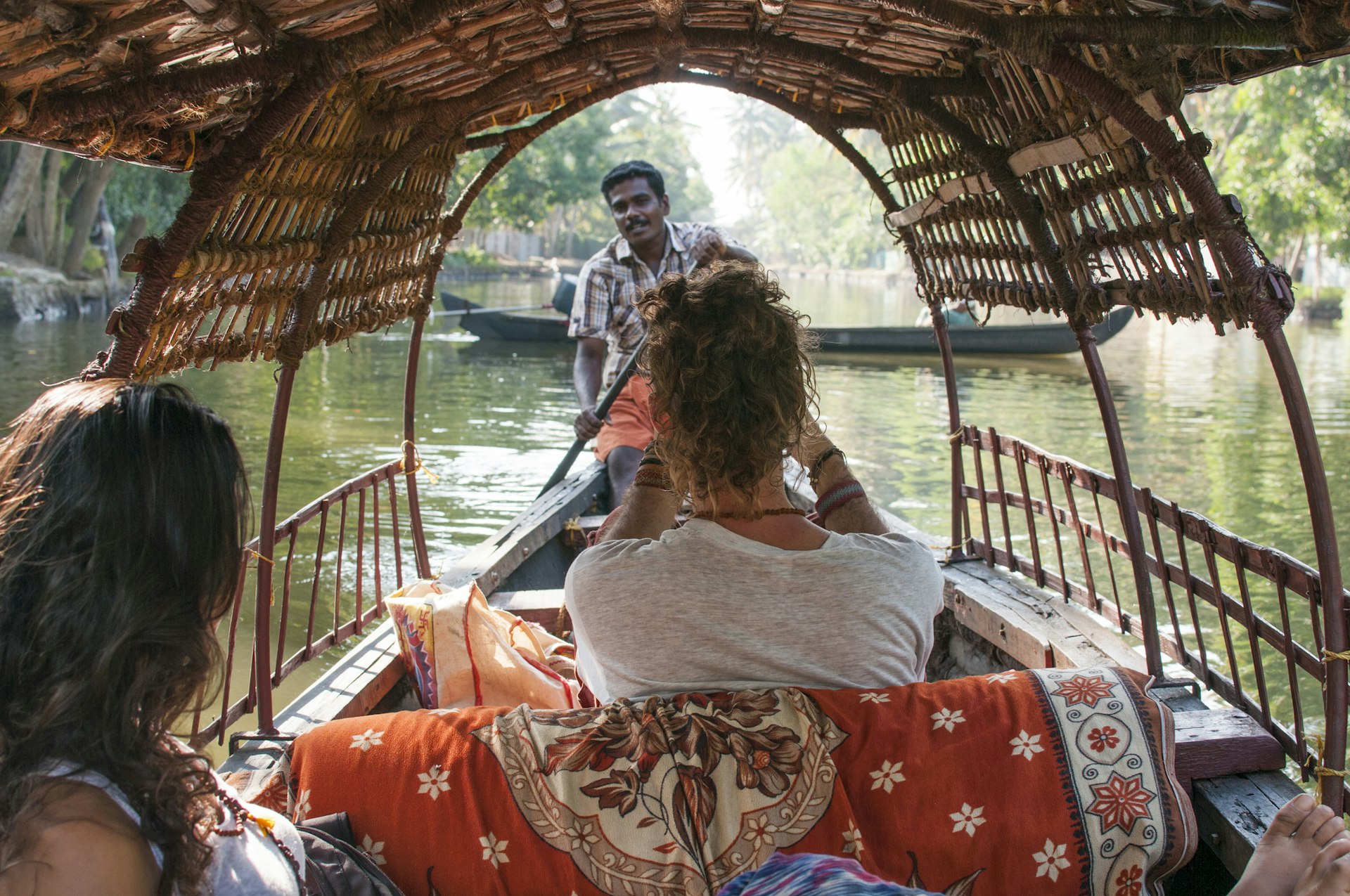
Ask for a discount
Many hotels in India offer seasonal prices, with significant discounts available at quieter times of year. If you’re traveling in the off-season, it’s always worth asking at reception to see if there’s a discount on offer, whether this means a bargain price or a tempting saving on a superior class of room. This also applies at five-star properties – most offer dynamic pricing on room rates through their websites. You may get an even bigger saving by asking on the day at the reception; try early in the evening, when staff may accept a lower price to fill remaining empty rooms.
Haggle (just don’t overdo it)
Part of the fun of trawling India’s mesmerizing markets and bazaars is negotiating with vendors to score a good price. Haggling is a normal part of life for locals as well as foreigners, but remember that it’s not a battle. The first price quoted may be too high, so counter with a lower offer and see how the vendor responds – with some give and take, you should reach a price you can both agree on.
Haggling should never be a confrontational process. If the seller’s final price is still too high, politely decline and try another vendor. There’s little point haggling over small amounts of money; you might pay slightly more than the going rate, but vendors are often poorly paid, and that extra Rs 20 could make a big difference to someone with a family to feed.
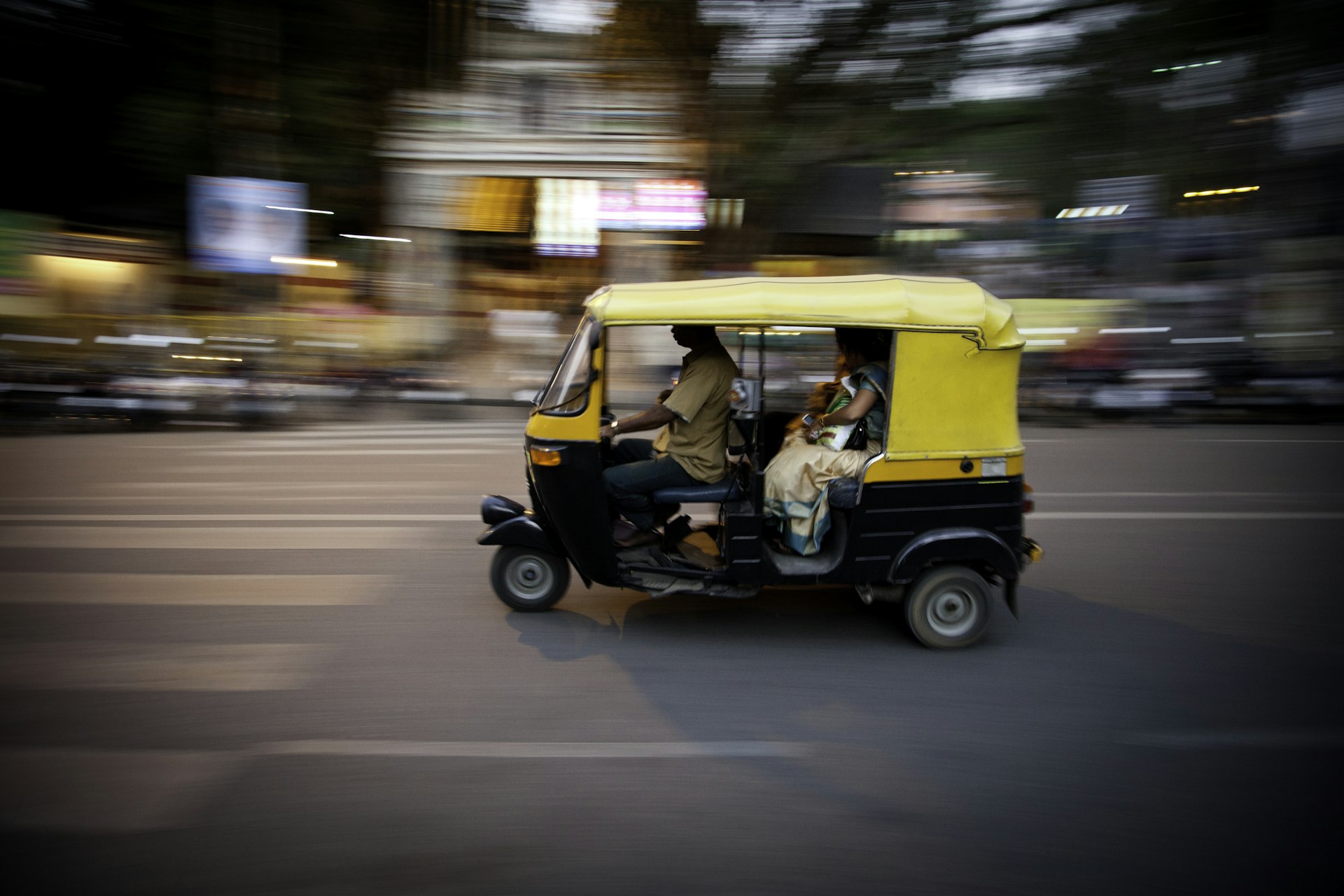
Agree a fare before you set off
If you can’t find a prepaid taxi stand, you’ll need to agree on a fare with the driver. While most taxis and autorickshaws have meters, drivers are sometimes reluctant to use them, so negotiate a fare or clarify that you'll pay "by the meter" before the journey starts. For cycle rickshaws, you’ll always have to agree on a fare, but remember that rickshaw-walas are poorly paid for a physically demanding job – paying a few rupees more than the going rate likely won’t make a big difference to your budget, but it will give a driver something extra to take home.
Purify your own water
While bottles of water may seem cheap, your water bill will soon mount up if you reach for a fresh bottle every time you feel thirsty (you’ll also create a LOT of unnecessary plastic waste). India’s tap water is not safe to drink, but most hotels will let you fill your water bottle from their purified water supply for free. Alternatively, you can purify water as you go using a travel water filter or chlorine purification tablets. If you go trekking, purifying water as you go will save both weight and waste, helping to keep the mountains free from plastic rubbish.
Share a car and driver for maximum freedom
Hiring a car or 4WD with a driver for the day (or for multiple days) can be a great way to get off the beaten path in India and see the places in between the famous stops. Split between several people, it can also work out cheaper than joining an organized tour. Ask other travelers at budget hotels, hostels and popular cafes and restaurants to see if anyone wants to join you on a trip, then discuss an itinerary. Drivers and vehicles can be found at taxi and 4WD stands in many towns; many drivers’ collectives display printed lists of prices for local excursions.

Feast on street food
Food varies wildly from one state to another in India and the best way to get a feel for the local specialties is to eat on the streets. It’s also a great way to keep a lid on costs. Seek out street food vendors in bazaars, office districts and around transport hubs, and you'll find budget friendly options like freshly stuffed pani puri (filled crispy dough balls) and deep-fried pakoras (vegetable fritters).
Vendors with long lines of eager diners can usually be relied upon for hygiene and quality. If you feel nervous about eating street food, seek out vegetarian dishes, as there’s less chance of picking up a bug. Treats cooked at high heat and made on demand, such as vada pav (batter-fried potato balls served in a bun) and dosas (rice and lentil pancakes), are usually a safe option. Don’t be afraid to ask around for street food recommendations; locals are more than happy to point visitors towards their favorite roaming food carts and hole-in-the-wall vendors.
Reduce your costs when using local transport
The same advice applies to local transport. When traveling from the airport into the city, ask if anyone wants to share a ride at the baggage carousel. To save money while exploring downtown, rideshares are increasingly popular in major cities, and you’ll have the added bonus of knowing that you’re paying the going rate, rather than an elevated "tourist price." Rideshares can be summoned via the Uber, Ola, Lyft and Bla Bla Car apps.
Another good way to save is to use dedicated prepaid stands for taxis and autorickshaws at airports and train and bus stations. There’ll normally be a desk or booth where you can book a ride for a fixed rate – staff will give you a receipt with the registration number of your vehicle, which you then hand over to the driver.
Save money on calls and browsing
Few countries have favorable roaming deals with India, so the cost of using your home phone for texts, calls and getting online can soon mount up. Stay in touch for less by buying a local prepaid SIM card from a local mobile phone company such as Jio, Airtel or Vi. Most companies offer data packages, so you browse on the move as well as make calls. Make sure your phone isn’t locked to your home network, or pick up an inexpensive phone locally.
If you’re flying into a major city such as Delhi or Mumbai, you can buy a SIM card at the airport. Alternatively, buy a local SIM from a phone shop – you’ll need a couple of passport photographs, a local address and the contact details of someone who can vouch for you (which the phone office may be able to provide). It’s a slow and sometimes bureaucratic process, and you may need to wait up to 24 hours for your SIM to be activated. However, it does make transport and online bookings (including train tickets) considerably easier.
Daily costs
- Hostel room: from ₹400
- Room in a budget hotel: ₹500 to ₹1500
- Short autorickshaw ride: from ₹100
- Half-day bus ride: around ₹500
- Cost of a vegetarian thali meal: from ₹100
- Dinner in an upmarket restaurant: from ₹1500
- Bottle of beer: around ₹150
- Average daily cost: ₹3000 to ₹30,000













